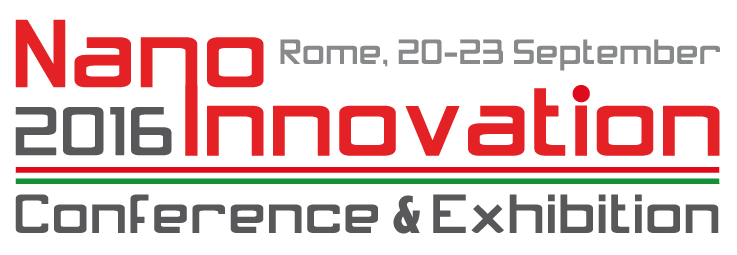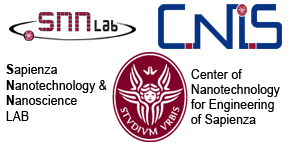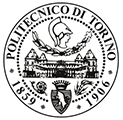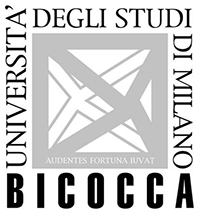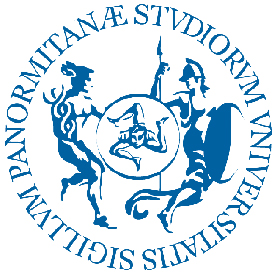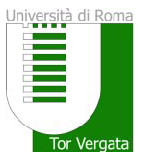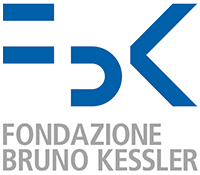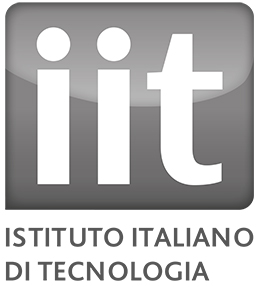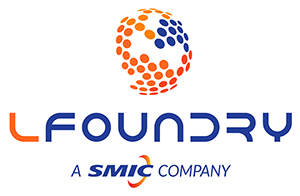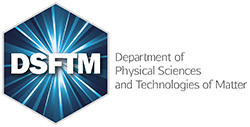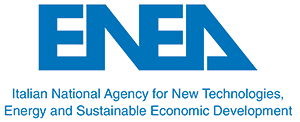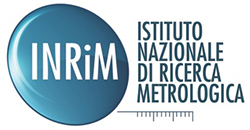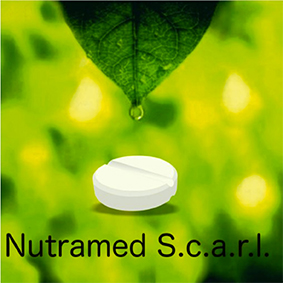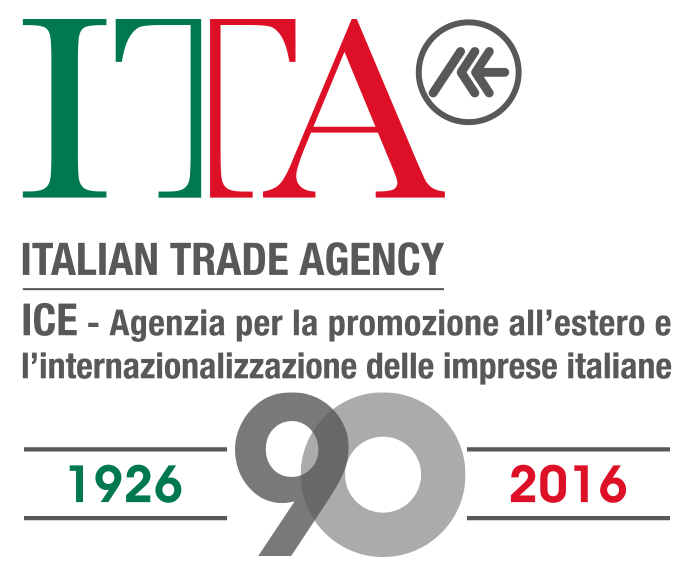The Intersection of Nanotechnology and Healthcare: Using self-assembled nanomaterials to reverse blindness in mammals and to stop bleeding in less than 15 seconds
Rutledge ELLIS-BEHNKE, University of Heidelberg, Mannheim - Germany and Massachusetts Institute of Technology - USA
The intersection of nanotechnology and healthcare forces us to completely rethink how to approach restoration of the body. Tissue engineering is no longer taking a cell, placing it in a particular scaffold, putting it back in the body and hoping that everything will reconnect and function properly. It is the ability to influence an environment either by adding, subtracting or manipulating that environment to allow it to be more conducive for its purpose. Regeneration is dependent upon three things: (1) a therapy which creates an environment that will permit regeneration to allow the body to heal itself; (2) stabilizing the injury site: by immediate hemostasis; by preserving tissue; and by controlling the environment -- stopping the invasion of bacteria, and foreign bodies, that slow or stop healing while also controlling inflammation; and (3) an objective measure that can be used to monitor the progress non-invasively. I’ll discuss some of the work that my lab is doing in the following areas, along with the progress towards translation:
Reversing blindness: acute and chronic central nervous system (CNS) regeneration with functional return of behavior. To speed up the process of CNS recovery after injury, the need for real-time measurement of axon regeneration in vivo is essential to assess the extent of injury, as well as the optimal timing and delivery of therapeutics and rehabilitation.
- Acute: Using self-assembled nanomaterials we were able to create a permissive environment and, after complete transection of the optic nerve of the brachium of the superior colliculus in rodents, were able to reconnect the disconnected parts and reverse blindness.
- Chronic: Using the framework of the 4 P’s of CNS regeneration (preserve, permit, promote and plasticity) as a guide, combined with non-invasive manganese-enhanced magnetic resonance imaging (MEMRI), we developed a successful chronic injury model to measure CNS regeneration, combined with an in vivo measurement system to provide real-time feedback during every stage of the regeneration process. We also showed that a chronic optic tract lesion in rodents was able to heal, and axons were able to regenerate, after treatment with a self-assembled nanomaterial.
Wound and tissue stabilization. Control of the healing process is critical for recovery of any injury but especially burn trauma. (1) A barrier needs to be created to stop bleeding and exclude bacteria and dirt; and (2) hydration control is critical for the preservation of organ function: too little, the kidneys fail; too much and the lungs fill, causing pneumonia and/or death. Each of the aspects below must be addressed for complete healing and restoration of tissue:
- Stopping bleeding in less than 15 seconds without clotting: We have shown that hemostasis can be achieved in less than 15 seconds in multiple tissues, as well as a variety of different wounds, using a self-assembling peptide that establishes a nanofiber barrier incorporating it into the surrounding tissue to form an extracellular matrix. This was the first time that nanotechnology has been used to stop bleeding in a surgical setting, for both small and large animal models, that does not rely on heat, pressure, platelet activation, adhesion, or desiccation to stop bleeding.
- Creating an environment that enables healing to progress in much the same as organogenesis with reduced inflammation along with matching modulus of the tissue.
Safety
How we need to rethink testing and regulation for many of the new therapy’s that are being developed and how they are different than many of the conventional treatments.
Challenges in translational development. There have been some recent breakthroughs in nanomedicine research in both animals and humans: reversing blindness; repairing the brain and spinal cord; stopping bleeding in less than 10 seconds; and using combination devices for detecting and identifying infectious agents. Several challenges are slowing the movement of nanomedicines to the bedside:
- The misconception that many small molecules are therapeutics
- Multiple technologies are being combined to create drug delivery devices
- New technologies are being used to evaluate efficacy and safety on materials that are orders of magnitude smaller in concentration.
Bottlenecks in regulation. Typically regulation lags behind technology. We are now entering the realm of molecular medical devices. This change in size fundamentally changes how we think about PK/PD. When a molecule goes below 10nm in diameter permeability goes to infinity, while solubility does not change. Many drugs that have failed, due to solubility issues in the past, may show efficacy without the side effects, if delivered in a targeted molecular form.
Back to 20 September - Afternoon
